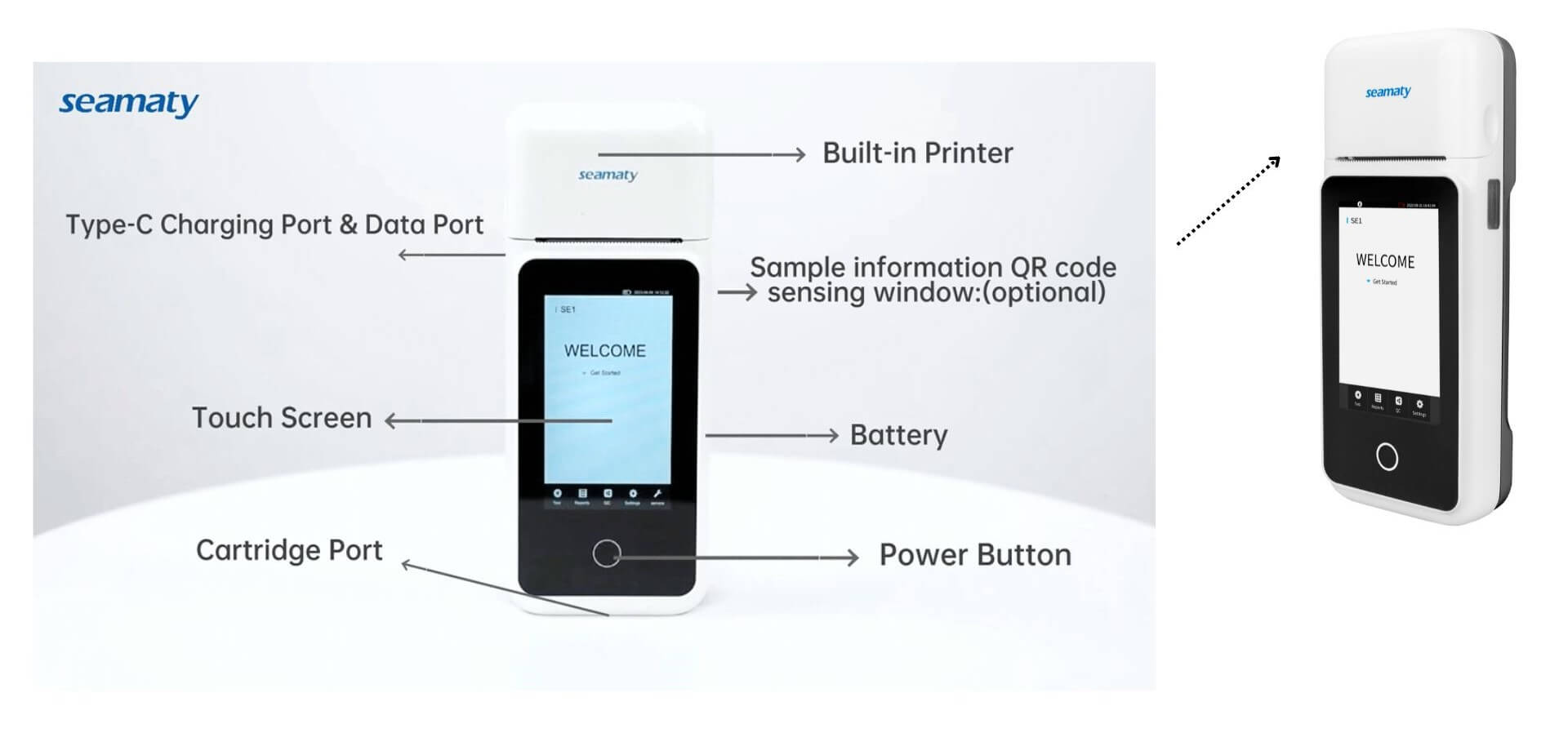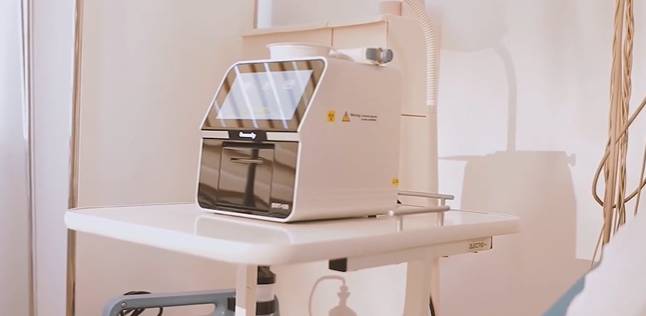release time:2021-11-08 15:51:12



2023-12-20
Handheld Blood Gas Analyzers Comparison: Abbott i-STAT, Siemens EPOC, Seamaty SG1 - which one suits you better? This article provides a detailed comparison of these three products, including key indicators such as measurement principles, speed, parameters, samples, and more, helping you choose the most suitable medical device.

2023-08-23
Discover how to pick the perfect electrolyte analyzer for small to mid-sized clinics. Learn about different types, benefits, and Seamaty's SE1 electrolyte analyzer, enhancing patient care with its portable precision.

2021-09-14
Last time we introduced the 6 disadvantages of POCT test and the solutions. Now let's understand the remaining 3 disadvantages together.